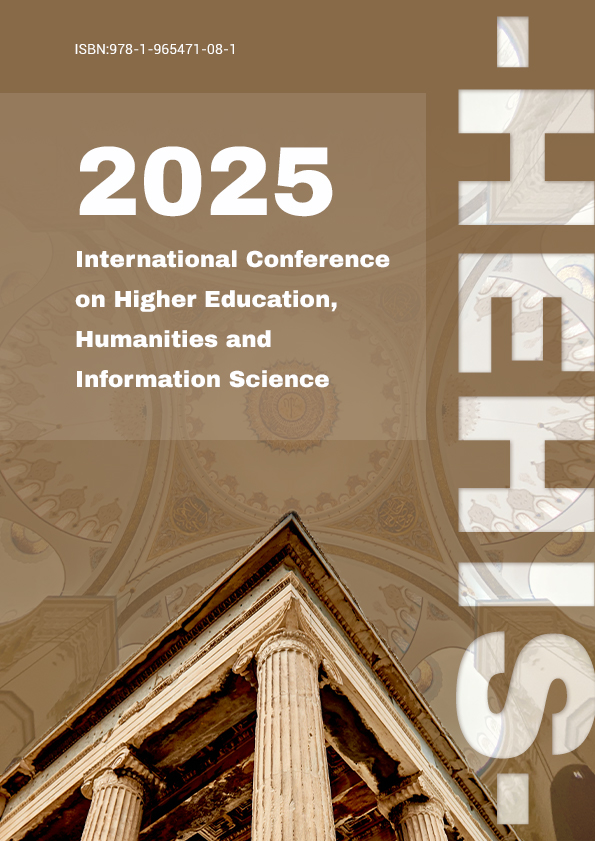The Impact of Varying Levels of Figurative Representation on Aesthetic Evaluation: A Computational Aesthetic Analysis of Xu Beihong's Horse Paintings

Authors:
Lu Shen, KangHai Xing
Keywords:
Experimental Aesthetics;Level of Figuration;Xu Beihong’s Horse Paintings;Chinese Ink Painting;Aesthetic Preference.
Doi:
10.70114/ahmer.2025.3.1.P40
Abstract
This study integrates computational aesthetics and experimental aesthetics methods to explore the influence of abstraction and figuration on the aesthetic evaluation of traditional Chinese ink paintings depicting animals. Using Xu Beihong’s horse paintings as a case study, the research employs subjective ratings and machine learning models to quantitatively analyze the aesthetic dimensions of artworks at varying levels of figurative representation and their impact on aesthetic experiences. The results indicate that dimensions such as visual harmony and emotionality play a significant role in predicting aesthetic appreciation. Through regression analysis and principal component analysis, the study reveals distinct mechanisms underlying the aesthetic experiences of figurative and abstract art, providing a novel perspective for the development of computational aesthetics research methodologies.


